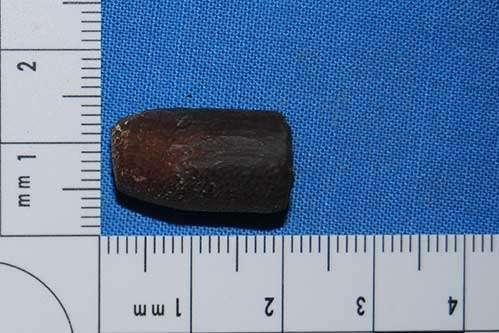
BRISTOL, England, April 4 (UPI) — The activities of T.E. Lawrence, or Lawrence of Arabia, during the Arab Revolt against the Ottoman Turks were sensationalized by Lawrence’s own writing, as well the reporting of American journalist Lowell Thomas. The rehashing of his escapades in an Oscar-winning film only grew Lawrence’s outsized reputation.
But new archaeological evidence suggests Lawrence didn’t embellish his involvement in the 1917 Hallat Ammar train ambush. A team of scientists, led by researchers from the University of Bristol, successfully recovered a bullet from the ancient scene — a bullet they say was fired by Lawrence himself.
“The bullet we found came from a Colt automatic pistol, the type of gun known to be carried by Lawrence and almost certainly not used by any of the ambush’s other participants,” Nicholas Saunders, a professor of archaeology at Bristol, said in a news release.
Several Lawrence biographers have accused the one-time rebel of exaggerating his role in the revolt and dramatizing his Middle East adventures. Researchers say nothing the team has turned up in their Arab Revolt excavations suggests Lawrence was a fibber.
“Lawrence has something of a reputation as a teller of tall tales, but this bullet — and the other archaeological evidence we unearthed during ten years of fieldwork — indicates how reliable his account of the Arab Revolt in Seven Pillars of Wisdom is,” added archaeologist Neil Faulkner.
Recently, a nameplate pried from one of the Hejaz Railway trains turned up in Britain. In the wake of the successful raid, Lawrence collected the souvenir. He later gave it to a friend for safekeeping. It was lost for 80 years.
“It is extraordinary,” Saunders said, “that after 100 years new discoveries like this are still being made, casting new light on a guerrilla war which helped reshape the Middle East after 1918 — the consequences of which we are still living with today.”





